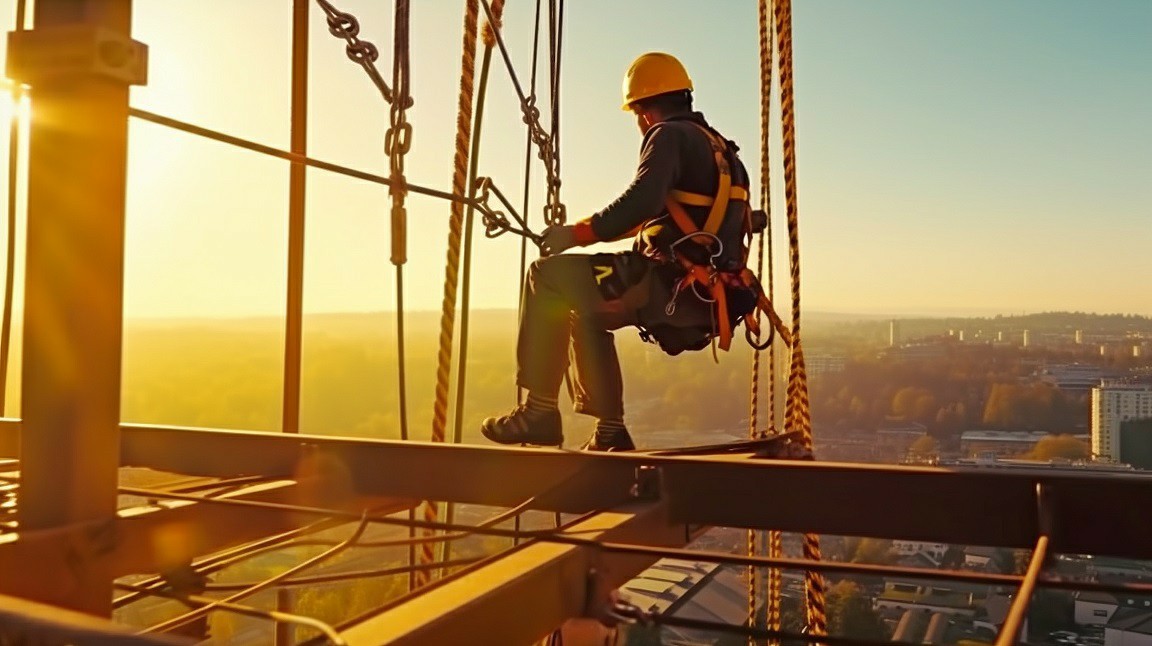


 349,500 Offered Certificates
349,500 Offered Certificates
 24/7 Online Training
24/7 Online Training
 Money Back Guarantee
Money Back Guarantee
 Fully Accredited Courses
Fully Accredited Courses

Created at: 22-02-2025 14:05
Working at heights poses significant risks, and unfortunately, many workers make preventable mistakes that lead to accidents, injuries, and even fatalities. Understanding these common errors is the first step toward creating a safer workplace. Through structured training and a commitment to safety compliance, professionals can equip themselves with the necessary skills to mitigate risks associated with working at heights. This blog post dives into the most common mistakes, offering actionable solutions for employers and workers alike.
Before delving into the most frequent mistakes, it's vital to emphasize the role of Working at Heights training in enhancing workplace safety. Training programs, such as the Working at Heights Course and Working at Heights Safety Course, are designed to provide comprehensive knowledge and hands-on experience in safety protocols when operating at elevated levels. This training not only covers equipment usage and personal safety measures but also involves risk assessment and compliance with safety standards.
One of the most frequent mistakes made in height-related tasks is the use of incorrect equipment. Many workers may use harnesses that are not properly fit or lack the necessary safety certifications. For instance, using a ladder that is too short may cause a worker to overreach, increasing the risk of falling.
Proper training ensures that workers are aware of the correct equipment for specific tasks, emphasizing the importance of choosing safety-rated tools suitable for the job.
A critical error that can occur when working at heights is the failure to conduct a thorough risk assessment. Without evaluating the site and understanding the potential hazards, workers may be ill-prepared to handle unexpected situations.
Implementing a systematic approach to risk assessment as part of a Working at Heights Course Online can help instill the habit of identifying and mitigating risks before beginning work.
Another prevalent mistake is neglecting established safety procedures. Every worker must understand and adhere to safety protocols, such as wearing Personal Protective Equipment (PPE), securing tools, and following the correct methods for ascending and descending.
Training programs, including Certified Working at Heights Training, emphasize the significance of following safety procedures, establishing a culture of accountability and safety.
The consequences of improper safety practices when working at heights can be catastrophic. Falls from significant heights are one of the leading causes of workplace injuries and fatalities. Additionally, organizations face substantial financial repercussions, including medical expenses, legal fees, increased insurance premiums, and loss of productivity. Beyond the immediate financial costs, there’s a severe emotional toll on workers and their families when accidents occur.
Structured training programs are essential for preventing the common mistakes highlighted above. By providing practical and theoretical knowledge, workers become equipped to recognize hazards, select appropriate equipment, and follow safety protocols.
Working at heights presents undeniable risks, but many accidents are preventable through awareness, proper training, and adherence to safety regulations. Workers must understand the common mistakes that can lead to falls and injuries, and employers should prioritize investing in comprehensive Working at Heights Certification Dublin programs. By fostering a proactive approach to workplace safety and ensuring everyone has access to Working at Heights training, we can significantly reduce the number of accidents and enhance the overall culture of safety in our workplaces.
For more information on how to improve your safety standards, consider enrolling in a Working at Heights Course or contacting us at [email protected] to discuss your training needs.
Visit Ireland Safety Training for further details on certification programs and safety courses tailored for workers engaging in elevated tasks.